| Title | Transfer processes across the free water interface |
| Publication Type | PhD Thesis |
| Year of Publication | 1985 |
| Authors | Jähne, B |
| Degree | Habilitation |
| University | Institut für Umweltphysik, Fakultät für Physik und Astronomie, Univ. Heidelberg |
| Thesis Type | Habilitation thesis |
| Abstract | It is the aim of this thesis to discuss the transfer processes across a free gas-liquid interface. After some basic considerations, the state of the art presented in the literature is discussed. The only quantities studied so far are mean parameters like the transfer velocity for mass transfer and the friction velocity as a measure for momentum exchange. The discussion of the data obtained shows that this experimental approach is completely insufficient to explain the effects observed, mainly the large enhancement of mass transfer across the aqueous boundary layer for a free surface if compared to a solid one. Therefore methods providing a deeper insight into the complex transfer mechanisms have been developed. Special emphasize is put on their capabilities and their significance in proving and disproving theoretical concepts: - the study of the Schmidt number dependence of the mass transfer process, in order to obtain the shape of the turbulence increase at the surface - a comparison of the Schmidt number dependence and the velocity profile in the boundary layer, leading to a distinction of multi- and single-stage transport models - the measurement of the local and instantaneous transfer velocity across the boundary layer - a detailed study of water surface waves including the measurement of the phase speed and the coherency - the visualization of the surface waves and - the visualization of the mass transfer across the aqueous boundary layer both providing a direct insight into the two-dimensional structure of the processes. From the results obtained so far a clearer picture of the exchange processes and the turbulent structure at the free, wavy surface can be drawn already: With the onset of the waves at the free surface a new flow regime is established which has no analogue in flow at a solid surface. Eddies with length scales comparable to the dominant waves and closely linked to the wave field are an important feature of this structure. Kitaigorodskii's concept (1984) that turbulent patches generated by wave instability cause the enhanced gas exchange rates is in agreement with these findings. The development of the new methods promises further progress in understanding near-surface transport processes in the liquid. |
| DOI | 10.11588/heidok.00016798 |
| Citation Key | jaehne1985a |


